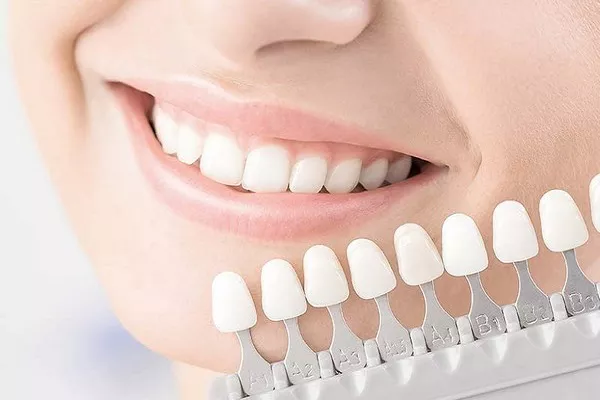Teeth whitening is a popular cosmetic procedure that aims to enhance the brightness of your smile by reducing stains and discoloration. Many individuals turn to whitening strips as a convenient and accessible method to achieve a whiter smile. However, some people report an unexpected phenomenon: their teeth appear more yellow after using whitening strips. This counterintuitive occurrence can be puzzling and even concerning. In this article, we will delve into the reasons behind this phenomenon and shed light on why teeth might appear yellow after using whitening strips.
The Whitening Process: Breaking Down Stains
Before delving into the “yellowing” effect, it’s crucial to understand the mechanics of teeth whitening. Whitening strips typically contain hydrogen peroxide or carbamide peroxide, which are active ingredients that penetrate the enamel and break down stains. Over time, these compounds react with the molecules responsible for tooth discoloration, resulting in a brighter smile.
Why Teeth Might Appear More Yellow
Temporary Dehydration: One of the primary reasons for teeth appearing more yellow after using whitening strips is temporary dehydration. Whitening agents can remove moisture from the enamel, making teeth look whiter immediately after the treatment. However, this dehydration can create an optical illusion, causing teeth to appear darker once they rehydrate shortly after the treatment.
Revealing the Natural Color: Teeth have a natural color that varies from person to person, ranging from off-white to light yellow. As the whitening strips break down surface stains, they might also uncover the underlying, slightly yellowish shade of your teeth. This can create the perception that the teeth are more yellow, even though they are simply returning to their natural color.
Reflection of Surroundings: The appearance of teeth is influenced by the colors of their surroundings. White teeth might appear slightly yellow when contrasted with a very white background, such as the white strip itself. Our eyes tend to perceive color relative to the colors around them, which can affect our perception of tooth color after whitening.
Sensitivity and Inflammation: Some individuals experience tooth sensitivity or gum inflammation after using whitening strips. These factors can cause temporary discomfort and might influence how you perceive the color of your teeth. When teeth are sensitive or surrounded by inflamed gums, they might be perceived as darker or more yellow.
Delayed Effect: Whitening strips might not show their full effect immediately after the treatment. In some cases, teeth can continue to whiten over the course of a few days. This delayed effect can create the impression that the teeth are becoming more yellow when, in reality, they are still in the process of lightening.
Managing Expectations and Post-Whitening Care
To address the concern of teeth appearing more yellow after using whitening strips, it’s essential to manage expectations and follow proper post-whitening care:
Be Patient: Give your teeth some time to rehydrate and adjust to their natural color. The initial appearance of increased yellowness is often temporary.
Choose the Right Product: Opt for whitening strips from reputable brands and follow the recommended usage guidelines. Overuse of whitening products can lead to adverse effects.
Practice Good Oral Hygiene: Maintain regular oral hygiene practices, including brushing, flossing, and rinsing. This helps prevent the build-up of new stains that could affect the appearance of your teeth.
Consult a Professional: If you are concerned about the appearance of your teeth or experience prolonged sensitivity, consult your dentist. They can offer personalized advice and recommendations based on your unique situation.
Conclusion
The phenomenon of teeth appearing more yellow after using whitening strips is a result of various factors, including temporary dehydration, revealing the natural color, and the interaction of color perception. Understanding these reasons can help alleviate concerns and manage expectations. Remember that teeth whitening is a process, and immediate changes might not accurately reflect the final result. If you’re uncertain about your teeth’s appearance or experience discomfort, consulting a dental professional is always a prudent step.
Related Topics:





























